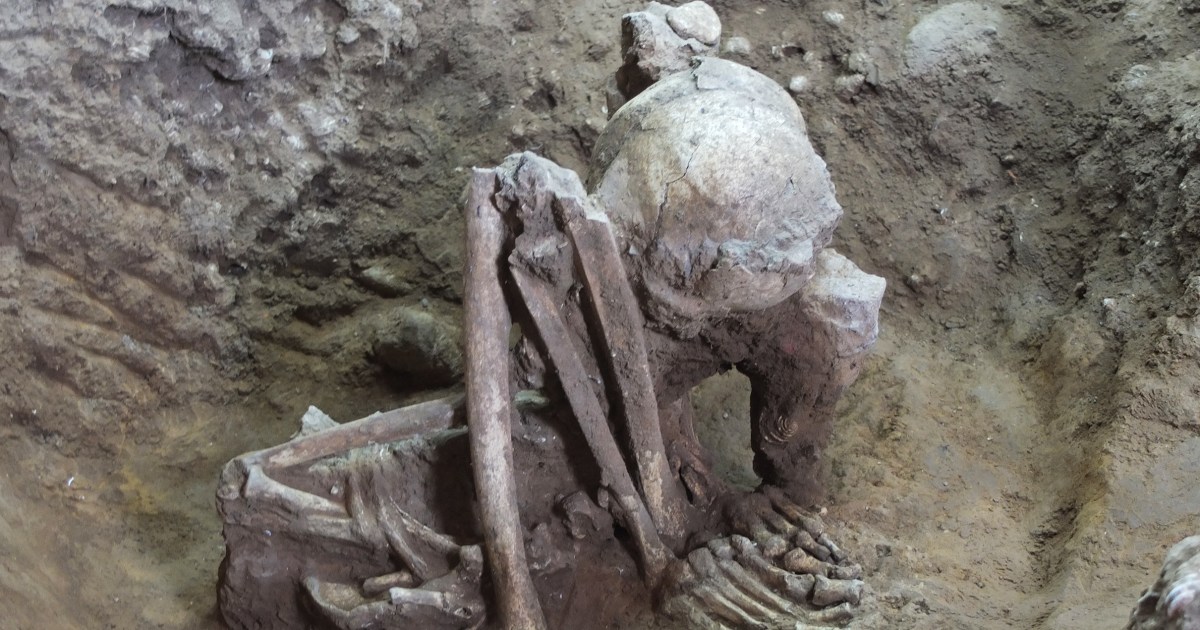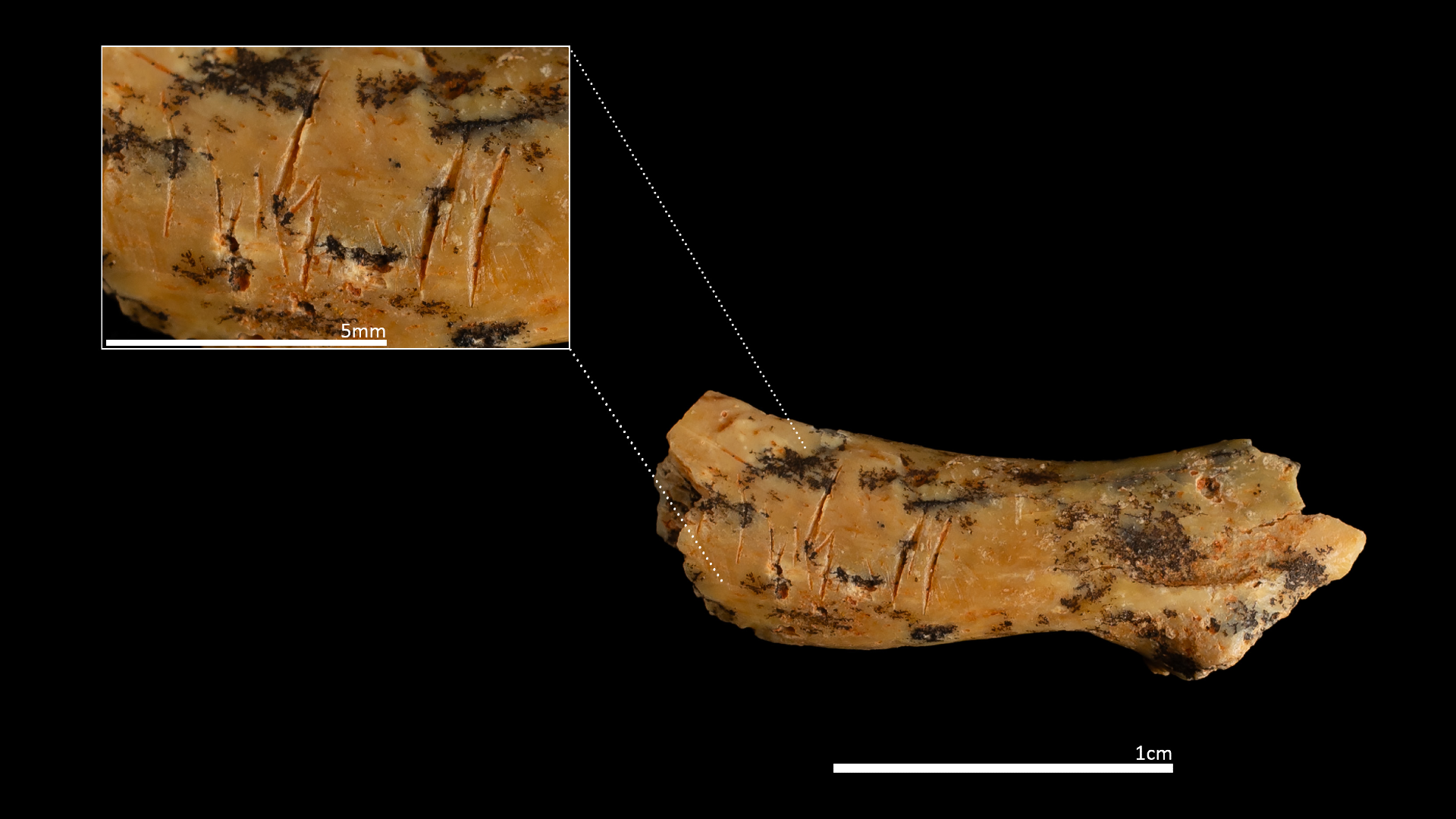The World's Oldest Mummies: A Groundbreaking Discovery

Introduction
Mummies have long been associated with ancient Egypt, where the oldest ones date back to around 4,500 years ago. However, recent findings have shed light on the fact that mummification was not solely practiced in Egypt. In fact, scientists have discovered the world's oldest mummies in a completely different part of the world - far from Egypt. This groundbreaking discovery has challenged our understanding of mummification and its origins.
Key Details
The mummies were found in a remote area of Chile, where they have been preserved for over 7,000 years. The ancient Chinchorro people practiced mummification long before the Egyptians, using a unique technique that involved removing the internal organs and replacing them with plant fibers and animal hair. This discovery has not only expanded our knowledge of mummification, but has also given us a glimpse into the lives and culture of the Chinchorro people.
Impact
The significance of this discovery goes beyond just the scientific community. It challenges the traditional notion of ancient civilizations and their practices. It also highlights the importance of studying lesser-known cultures and their contributions to human history. This groundbreaking finding has opened up a whole new realm of research and has the potential to rewrite our understanding of human development. The world's oldest mummies are not just found in Egypt, and this serves as a reminder to keep an open mind
About the Organizations Mentioned
Egyptian Museum
The Egyptian Museum, located in Tahrir Square, Cairo, is the oldest archaeological museum in the Middle East and boasts the world's largest collection of Pharaonic antiquities. Established through a series of evolutions, the museum's history dates back to Muhammad Ali Pasha's decree in 1835, aimed at halting the export of antiquities. The current building, designed by French architect Marcel Dourgnon, was inaugurated in 1902 by Khedive Abbas Helmy II[1][2][4]. **History and Development:** - The first museum was established near El-Ezbekia Garden in 1835, with subsequent locations in the Citadel and Bulaq district[1][6]. - Auguste Mariette founded the Bulaq Museum in 1858 to preserve Egyptian artifacts[6]. - The collection was later moved to its current site, where it was expanded under Gaston Maspero's supervision[1][6]. **Key Achievements:** - The museum houses over 170,000 artifacts, showcasing Egyptian history from the Predynastic Period to the Greco-Roman Era[3][4]. - It is renowned for its extensive collection of Tutankhamun's treasures, attracting millions of visitors each year[6][8]. **Current Status:** - Despite its grandeur, the museum faces challenges such as outdated facilities and overcapacity[7]. - Plans for a new Grand Egyptian Museum are underway, aiming to provide a more modern and expansive space for Egypt's rich heritage[9]. **Notable Aspects:** - The museum's architecture is a blend of Neo-Classical style, reflecting the era's architectural trends[1][7]. - It serves as a hub for research, conservation, and exhibition of ancient Egyptian artifacts, making it a vital institution in the field of archaeology[4][7]. In summary, the Egyptian Museum is a cornerstone of Egypt's cultural heritage, offering insights into
Smithsonian Institution
The **Smithsonian Institution**, founded in 1846 with funds from British scientist **James Smithson** (1765–1829), is the world's largest museum, education, and research complex dedicated to the “increase and diffusion of knowledge.” Smithson, who never visited the United States, left his estate—valued at over $500,000 at the time, a significant portion of the U.S. federal budget then—to establish this institution in Washington, D.C. The U.S. government accepted the bequest after lengthy debates about its constitutional authority to do so, reflecting early tensions between federal powers and states’ rights[1][4][5][6][7]. The Smithsonian operates as a trust instrumentality, governed by a Board of Regents including U.S. government officials and private members. It is not formally part of any branch of government but receives federal funding to support its mission[2][5][6]. Its first building, the iconic Smithsonian Castle on the National Mall, was completed in 1855 and serves as a symbolic home for the Institution and houses Smithson’s crypt[4][1]. Today, the Smithsonian encompasses **21 museums**, **14 education and research centers**, and the **National Zoo**, making it a comprehensive hub for cultural heritage, scientific research, and public education. Its collections include millions of artifacts, specimens, and artworks documenting American history, natural history, science, and technology. Notably, its research centers contribute to advancements in fields such as astrophysics, conservation, and environmental science[7]. Key historical achievements include the acquisition of the U.S. Exploring Expedition’s collections (1838–1842), which enriched its scientific holdings, and the launch in 1867 of its International Exchange Program, facilitating global scientific communication before the internet era[3]. The Smithsonian continues to innovate by embracing digital initiatives and expanding public access to knowledge globally. For business and technology audiences, the Smithsonian represents a unique institution that blends cultural stewardshi

